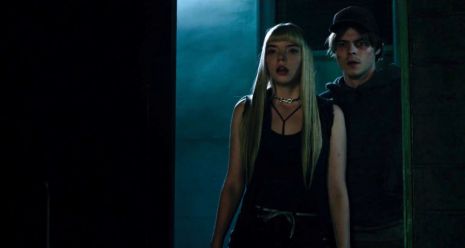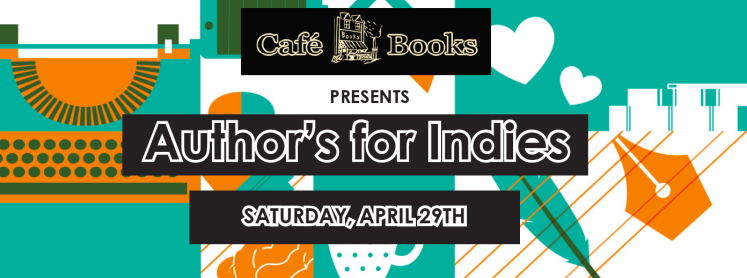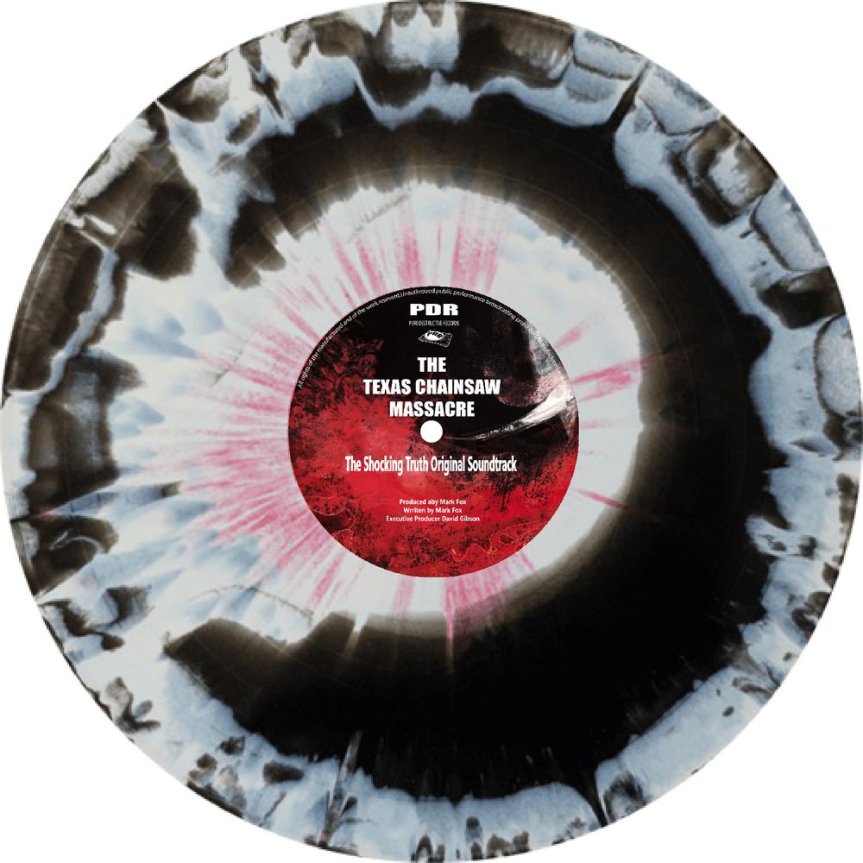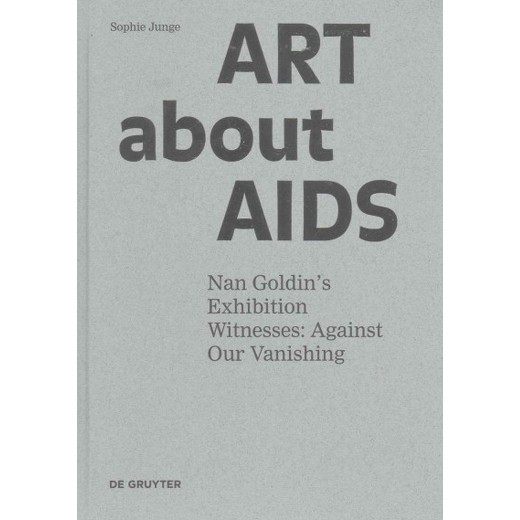
“Over the past year four more of my most beloved friends have died of AIDS. Two were artists I had selected for this exhibit. One of the writers for this catalogue has become too sick to write. And so the tone of the exhibition has become less theoretical and more personal, from a show about AIDS to an issue to a more of a collective memorial,” reflects photographer and curator Nan Goldin in a statement about her seminal 1989 Artists Space group exhibition Witnesses: Against Our Vanishing. Rather than organizing a show with historical distance–a task rendered nearly impossible due to the spread of the pandemic, Goldin used her curatorial position to display and honor a community–her community–that was quickly disappearing. Both on the walls and in the show’s catalogue, Goldin traced the personal connections between a group of artists living, working and, sadly, dying in the Lower East Side.
And this marked a significant switch in the understanding and curation of art. Rather than analyzing and grouping work due to its content, material or aesthetic, art’s importance and ability to speak on a certain issue, in the late 1980s and 1990s, became reliant on the identity of the artist and the community they inhabited. Their experience and relation to HIV/AIDS became as, if not more, essential than the quality of the work itself.
It’s this shift at which academic Sophie Junge takes aim in her recently translated book Art About AIDS: Nan Goldin’s Exhibition Witnesses: Against Our Vanishing. Before getting into Junge’s study, I should preface that I met with Junge several years ago after I published my own academic essay on David Wojnarowicz’s multi-disciplinary representations of the death of Peter Hujar. She also kindly cites my writing on cultural representations of HIV/AIDS in two footnotes in the book, which did not go unnoticed or unappreciated (Flattery will get you everywhere!).
Junge’s study utilizes Witnesses: Against Our Vanishing as a microcosm for the effect the HIV/AIDS epidemic had on the interpretation of art in the late 20th century. “AIDS changed not only political consciousness and ethical values such as tolerance and accountability–as well as ideas about life and death, bodies and sexuality–but also initiated a shift in the articulation and function of contemporary art,” she writes (50).
The book begins by positioning itself within the current, as Ted Kerr coined, “AIDS Crisis Revisitation”–a time when exhibitions and publications about HIV/AIDS began to proliferate after being ignored or consciously avoided for decades. Junge explains, “Goldin’s wish that artists with AIDS receiving lasting recognition seems to have come true. Exhibitions such as Why We Fight: Remembering AIDS Activism or AIDS in New York: The First Five Years have rediscovered or revisited artistic confrontations with AIDS. After two decades of relative disregard, there has been an resurgence of interest in the AIDS epidemic as an object of artistic reflection” (33).
But, as Junge shows, these institutional revisitations seem to predominantly draw on the archive of activist art about AIDS from collectives like Gran Fury rather than individual artists, which are “heterogeneous and more difficult to read” (34). However in the year’s since the book’s publication, exhibitions like Art AIDS America or AIDS At Home have taken a more personal look at the HIV/AIDS pandemic. And yet, many of these shows, namely Art AIDS America, chose to rely heavily on maintaining an art historical distance, perhaps unintentionally confirming the assumption that AIDS now belongs to history.
Throughout the text, Junge maintains a skeptical perspective on institutions that seemingly recently discovered art addressing HIV/AIDS. In a particularly delicious section about MoMA’s recently found interest in art about HIV/AIDS, which had me writing “Daaaaaamn!” in the margins, Junge notes, “MoMA’s 1987 exhibition Committed to Print: Social and Political Themes in Recent American Print Art presented many graphic designs including works by Group Material and Jane Dickson, who also exhibited in Witnesses in 1989. But the fact that the show did not include a single work by Gran Fury or General Idea, whose graphics and slogans were all over the streets of New York City at the time, clearly reflected MoMA’s lack of interest in activist Art About AIDS. In this context, MoMA’s collection of 2010/2011 is not surprising. While MoMA did not take part in the discourse about AIDS in the 1980s, 30 years later artistic responses to the epidemic have already been canonized. It seems that MoMA’s interest in the sociopolitical aspect of activist Art about AIDS is merely historical” (238).
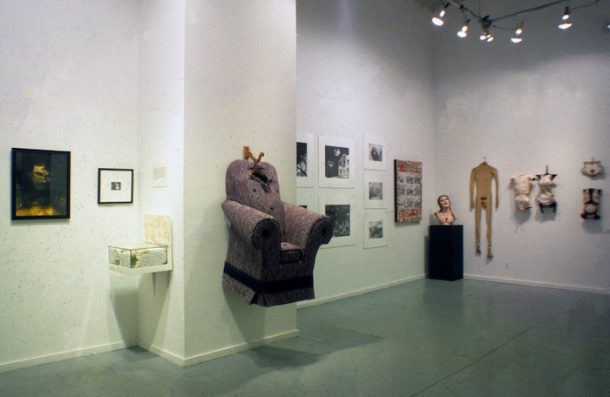
Installation view, Witnesses Against Our Vanishing, Artists Space, 1989 (Courtesy of Artists Space)
Arguing for an expansion of the institutional inclusion of art about HIV/AIDS, beyond the same activist collectives, which, Junge reveals, “begs the question of the power of definition regarding the epidemic. Which images are suitable to represent HIV/AIDS today and how should we remember the epidemic?” To both counteract this institutional hesitation, as well as explore how HIV/AIDS changed the comprehension of art, Junge presents an in-depth investigation of Witnesses: Against Our Vanishing from its hanging style to its photographic representations of People With AIDS to its participation in the “Culture Wars” era fight with the NEA.
In contrast with the often anonymous activist art of the era, Junge shows how Goldin’s exhibition was by and for a recognizable community, based in the Lower East Side. “For Goldin’s community, the exhibition was an event meant to create a sense of identity and motivate collective political action. As people with AIDS, the artists–like political AIDS activists–stopped being passive social subjects and denounced the ignorance surrounding AIDS,” she writes. Even more than the curatorial decisions being based on participation in a community, Junge observes that the show, in part, created the community’s identity, drawing links between artists and other figures who appeared in each other’s works.
One of the most illuminating sections of the book is also one of its most critical, comparing photographic representations of People With AIDS included in Witnesses, and those in the media and by frequently denounced photographer Nicholas Nixon. In particular, Junge, incisively, points out that Nixon’s photographs, while occasionally infantilizing, do not strike that large of a distinction from photographs by David Armstrong or others in Witnesses. In works like Tom Moran, Boston, October 1987, Nixon’s portrait of Moran undeniably resembles the sensitive portrayal of Kevin at Avenue B by Armstrong. “The different perception of these pieces can only be due to Nixon’s lack of connection to AIDs and the community it affected in Lower Manhattan–he was an outsider, a married heterosexual man who lived not in New York City but in Massachusetts,” she observes (213).
The distinction between this “bad” and “good” representation of People With AIDS seems to be solely, according to Junge, the direct experience of the artist, which defined their work as “authentic.” The photograph’s authenticity and power lies not necessarily in representation itself, but in the artist’s personal experiences with HIV/AIDS and belonging in a Downtown queer community. As Junge writes, “Because of the continuing decimation of their community, they proclaimed their right to self-expression and promoted an authentic and diverse artistic response to AIDS. They stressed the credibility of the artworks because of the artists’ intimacy with AIDS. Like curator Nan Goldin, the artists themselves believed that art about AIDS should first and foremost send a message to speak for their specific community. Membership in this group seemed to have been key to “authentic” art that derived its legitimation through personal experience with AIDS” (138).
Now, Junge doesn’t place value judgments on this, but just explains that: “The AIDS epidemic as a real crisis of the body and of sexuality necessarily shifted attention to the subjectivity of the artist–against Roland Barthes’ poststructuralist removal of the author from the work” (227). She does rightfully, however, point out that this artistic community highlighted and constructed by Witnesses and other group shows of the late 1980s and 1990s was considerably exclusive. It was largely white, educated middle class and often, cis men, which also reflected the population of some activist groups of the era.
This difference in the articulation of contemporary art, as laid out by Junge in Art About AIDS, might, at first, seem subtle or even, akin to hair-splitting. However, it becomes entirely relevant when read in the context of recent controversies about works by Dana Schutz and Sam Durant, regarding who has the authority to reflect–or appropriate–certain experiences in their work (not to mention how it’s approached). In Art About AIDS, Junge pinpoints the height of the HIV/AIDS pandemic as a period in which the artists’ experiences, in this case with the virus, necessarily supplanted normative and sometimes, restrictive art historical groupings by style, provenance or other categories.
Share this:


